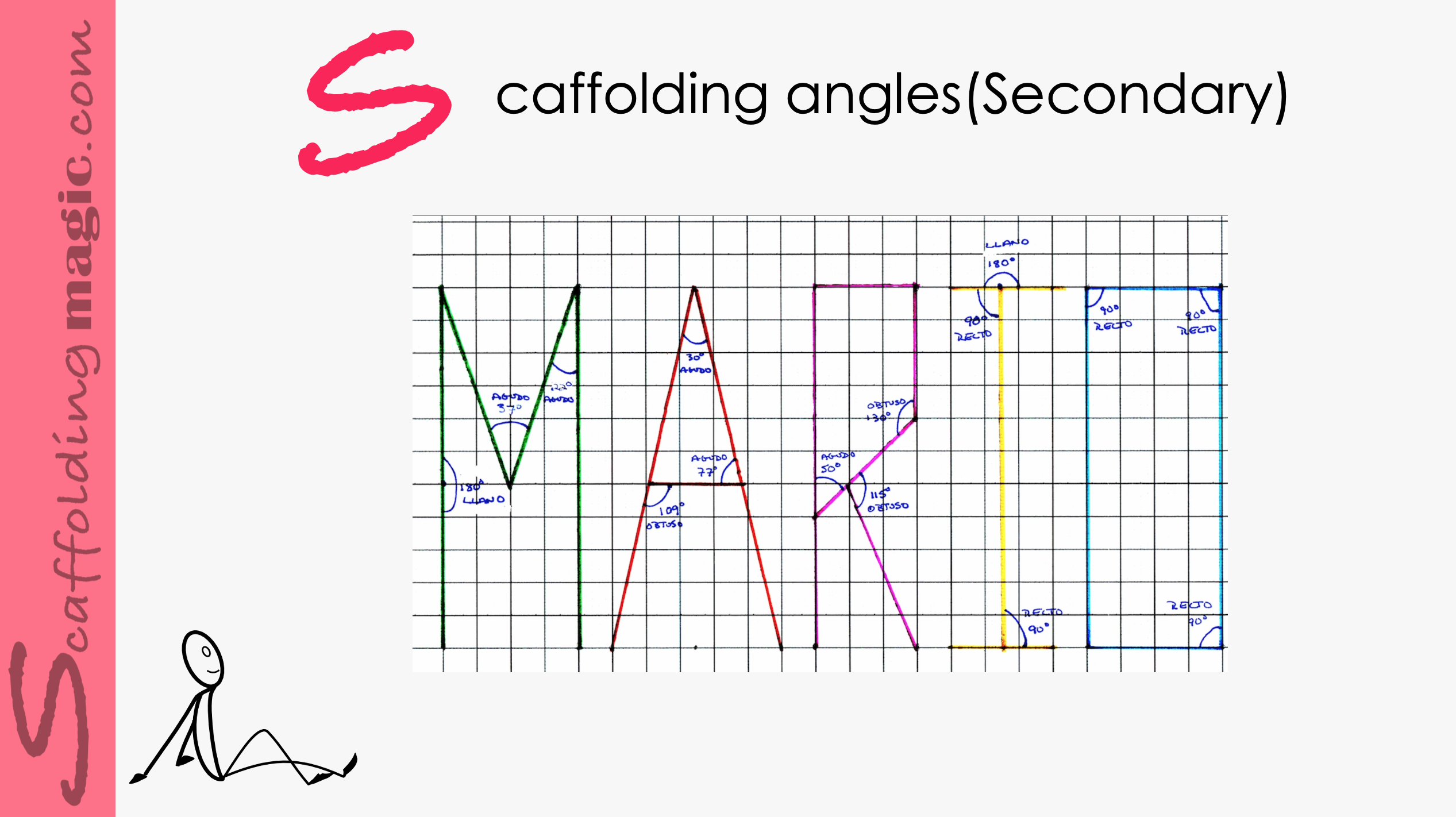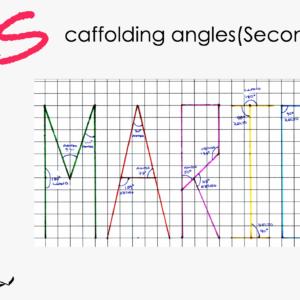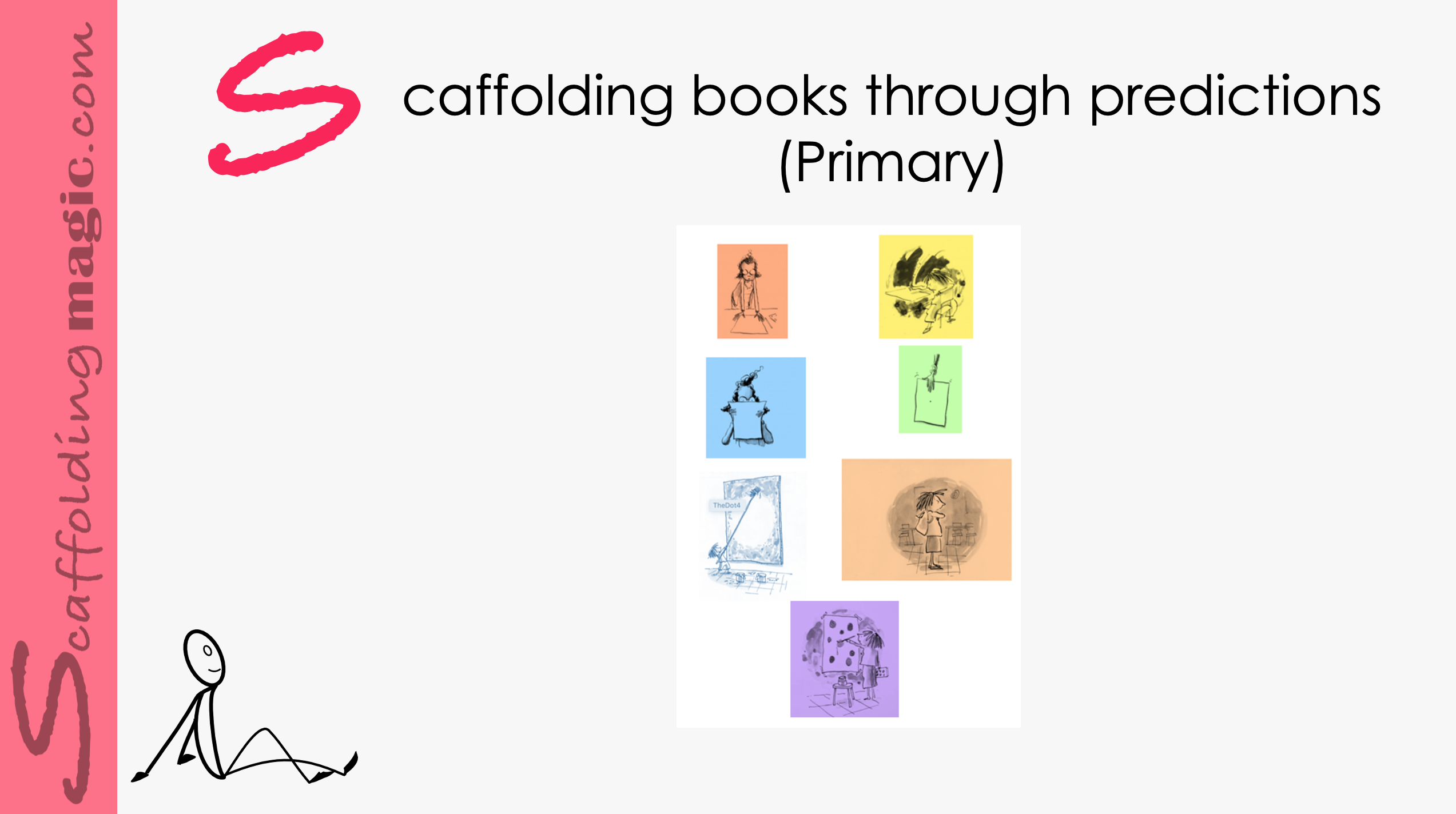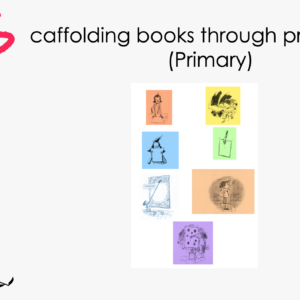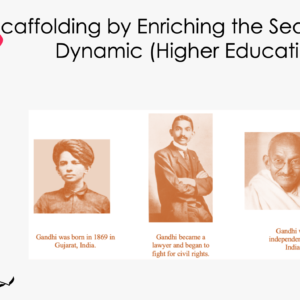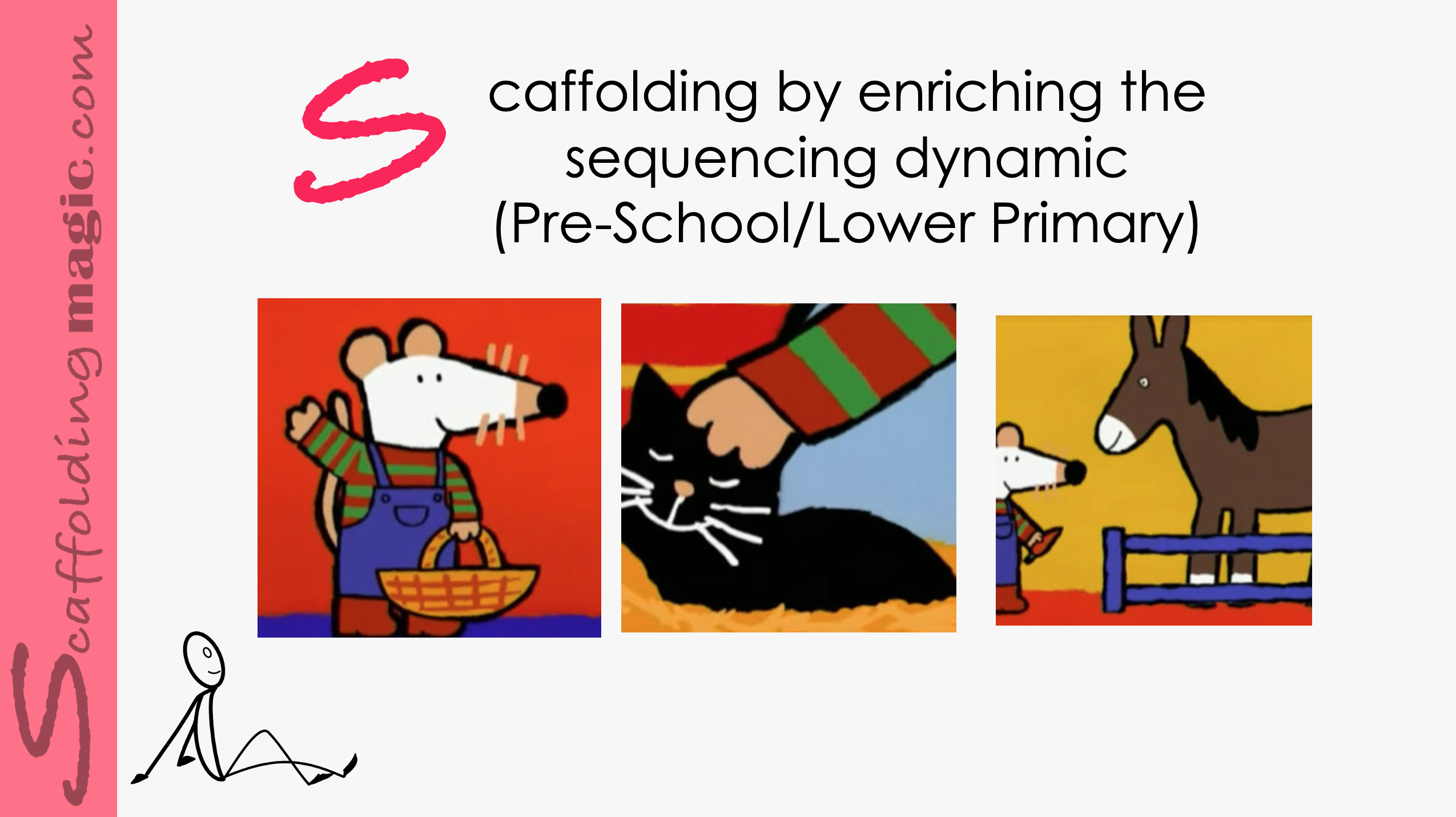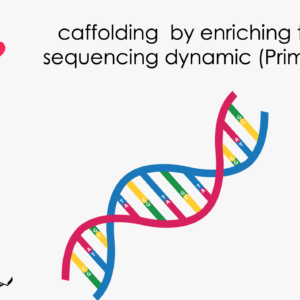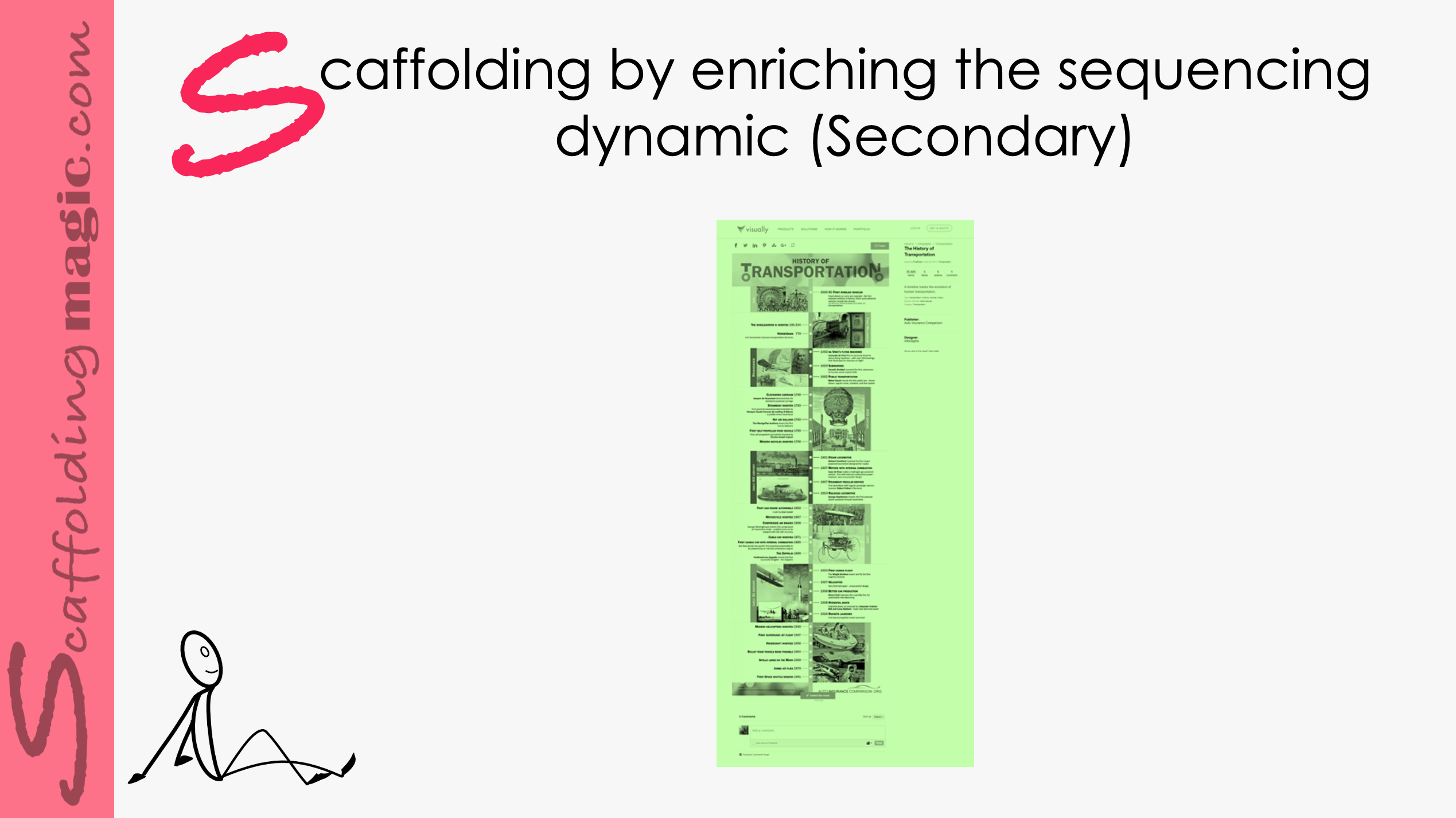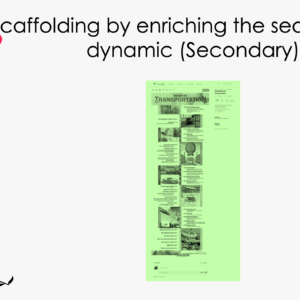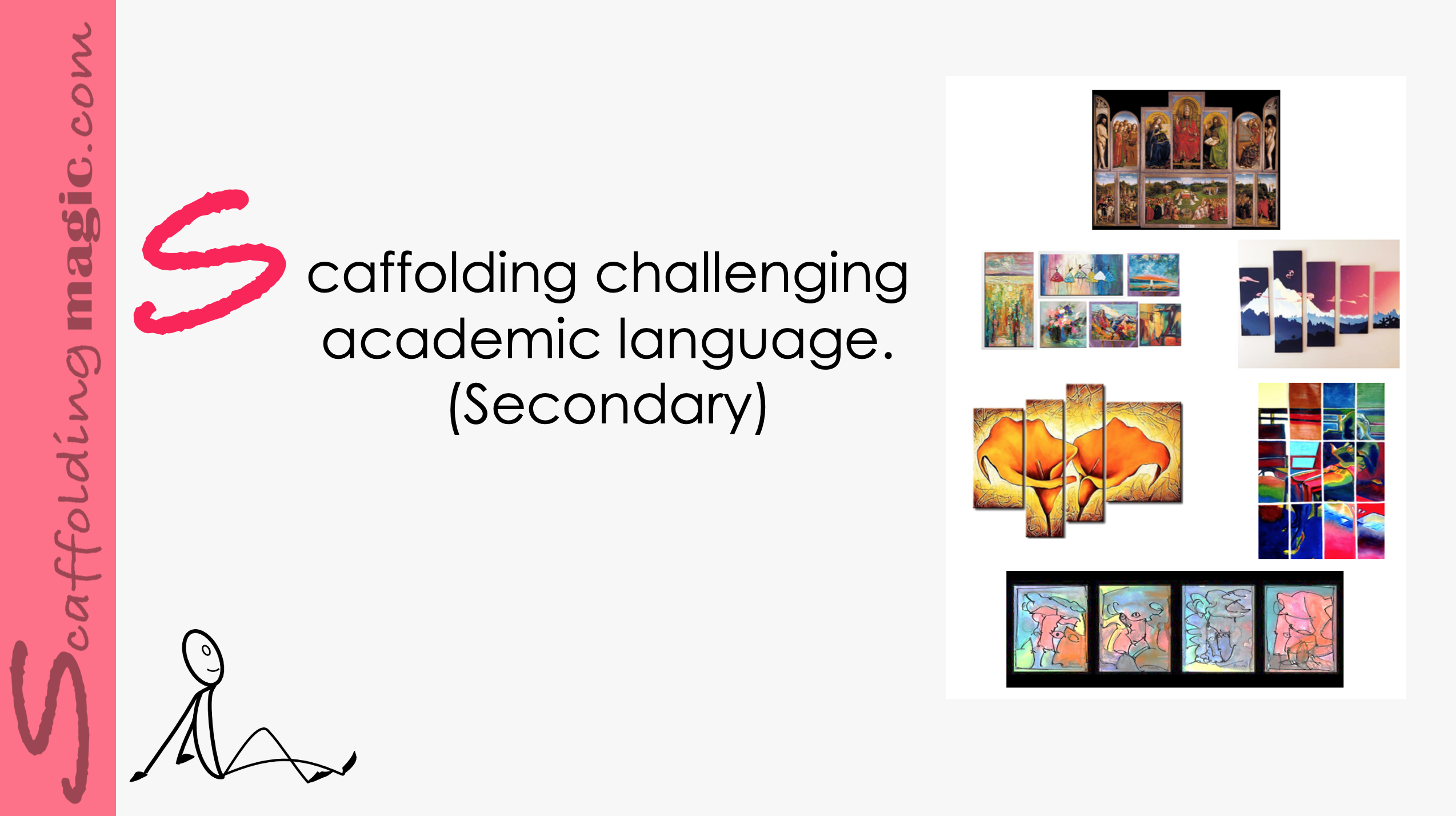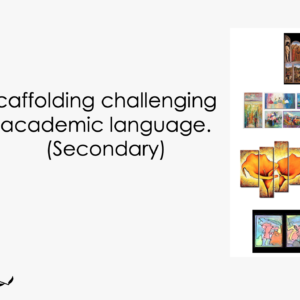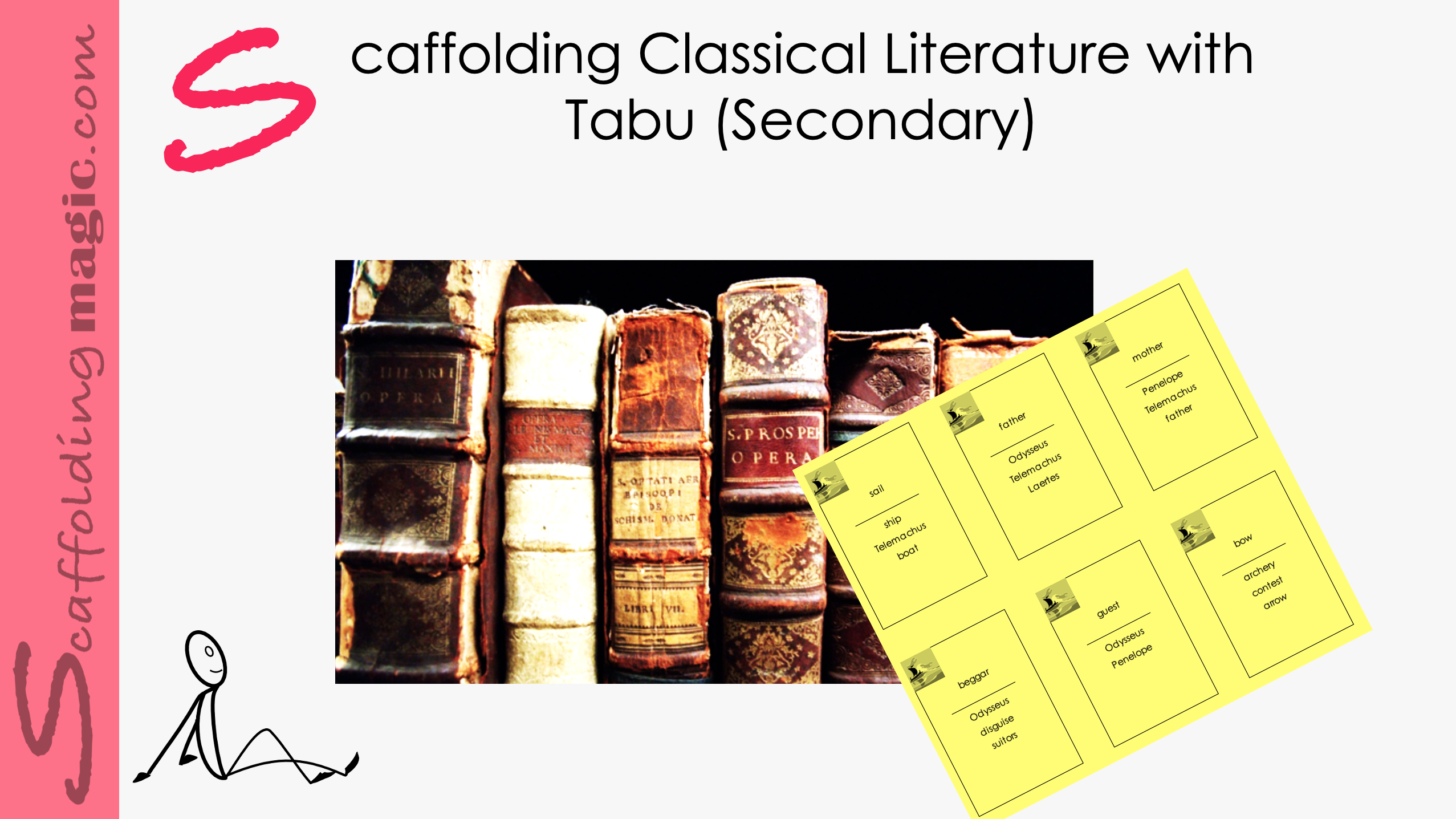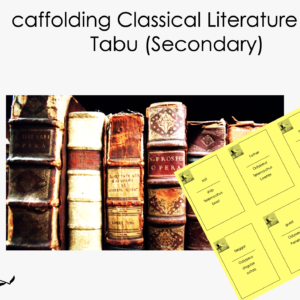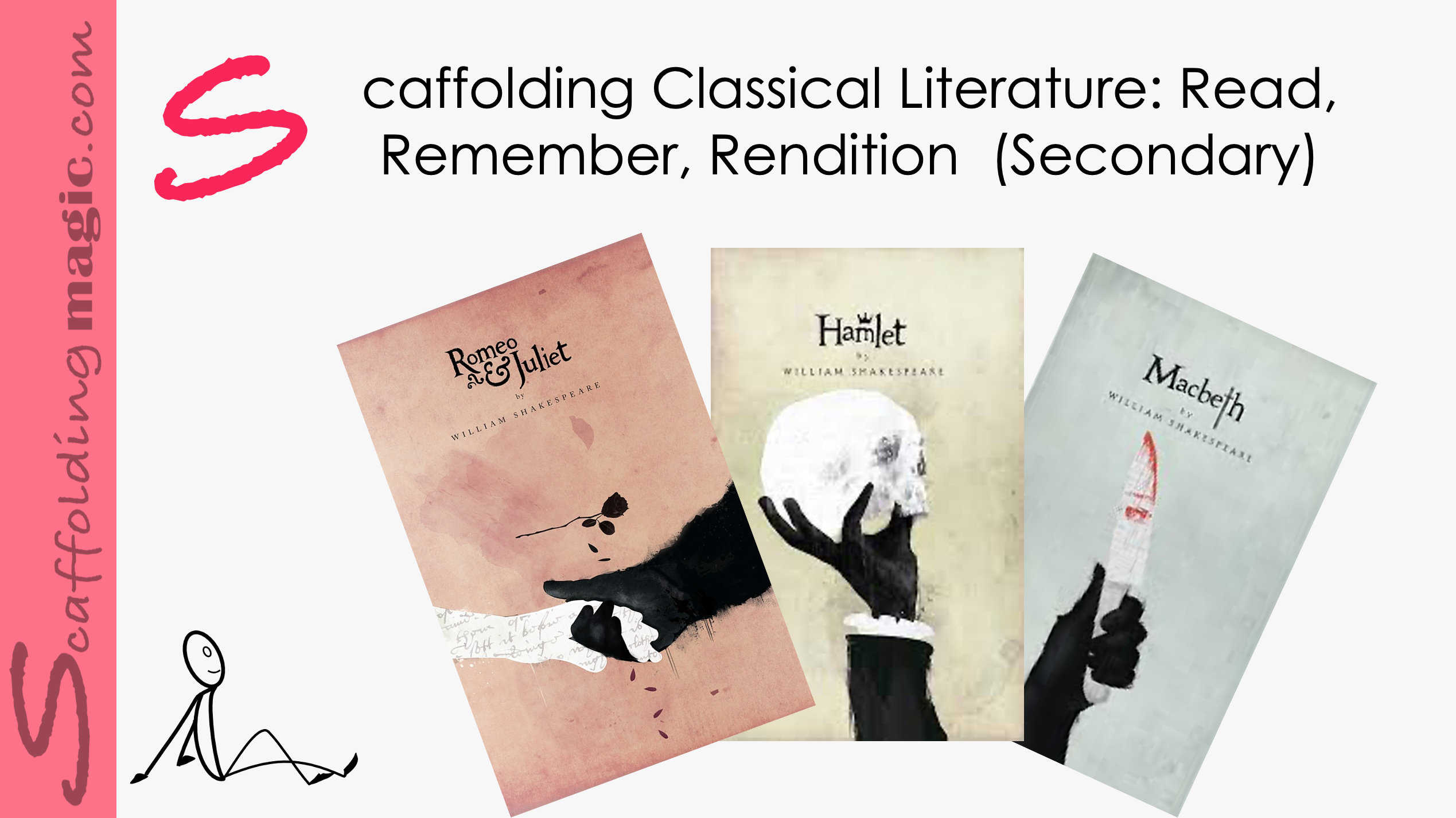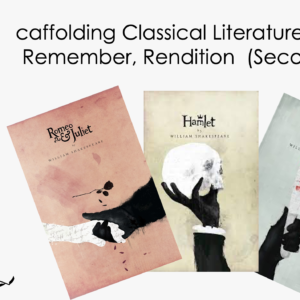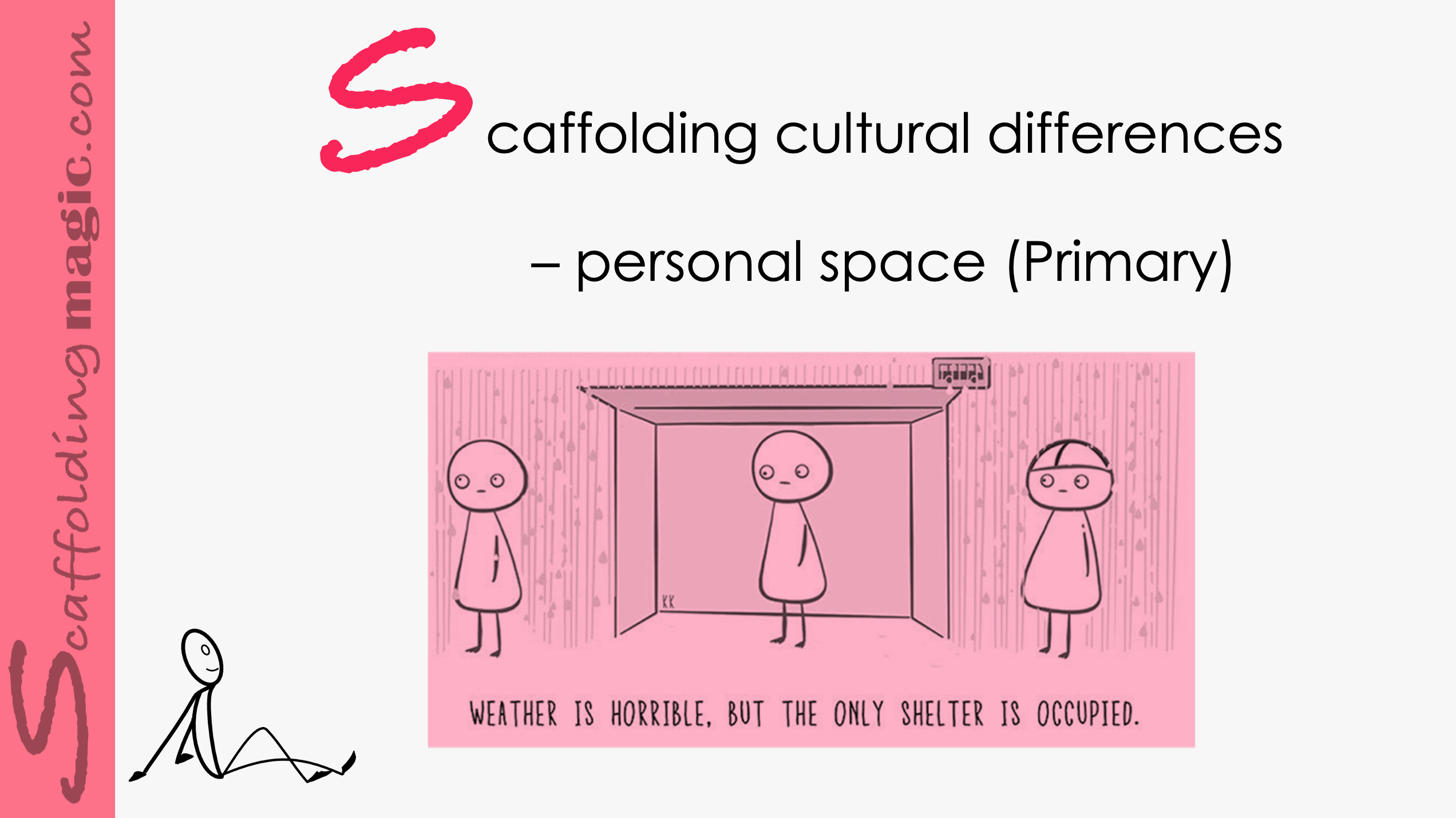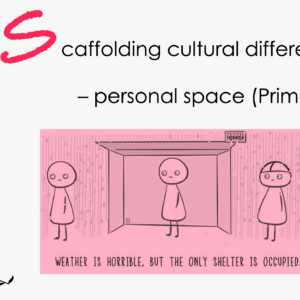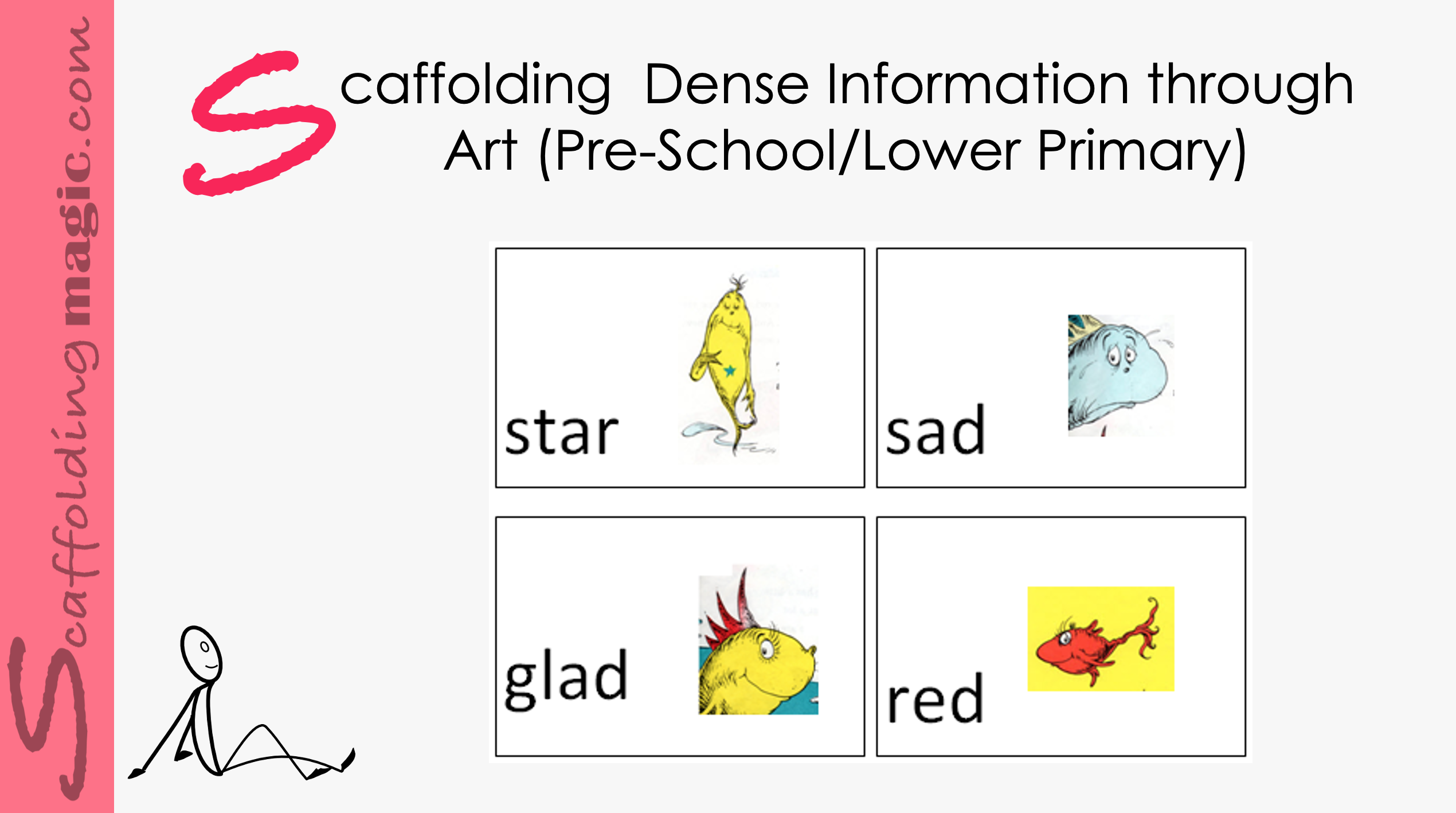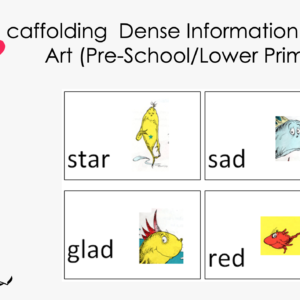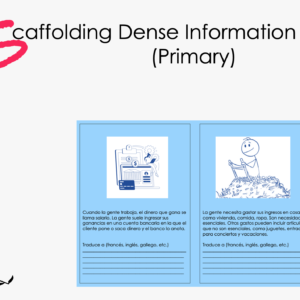Shop
Showing 13–24 of 57 results
- Quick View
- Quick View
-
Higher Education ScaffoldsQuick View
Scaffolding by Enriching the Sequencing Dynamic (Higher Education)
$5.00 Add to cart -
Pre-School/Lower Primary ScaffodsQuick View
Scaffolding by enriching the Sequencing dynamic (preschool/lower primary)
$5.00 Add to cart - Quick View
- Quick View
- Quick View
- Quick View
- Quick View
- Quick View
-
Pre-School/Lower Primary ScaffodsQuick View
Scaffolding Dense Information with Art (Pre-School/Lower Primary)
$5.00 Add to cart - Quick View
Scaffolding Angles (Secondary)
If you have students who are more linguistic, more in touch with Humanities, more comfortable with words or music or the arts, it’s possible that they haven’t found a way to embrace numbers or see their relance in their lives. For a maths teacher or students who are passionate about numbers, this seems unfathomable. Numbers are glorious! Numbers determine practically all of our decisions (probability, fractions, percentages, etc.). How can you feel so indifferent to educating yourself about such a fascinating and useful branch of study?
Scaffolding Books through Predictions (Primary)
Giving our students the chance to interact, make predictions, use critical thinking skills and visual clues, can augment their enthusiasm for reading from the outset. Combining this scaffold with a task-based (communicative) approach will help students interact with the book in dynamic, relevant and meaningful ways.
Giving our students the chance to interact, make predictions, use critical thinking skills and visual clues, can augment their enthusiasm for reading from the outset. Combining this scaffold with a task-based (communicative) approach will help students interact with the book in dynamic, relevant and meaningful ways.
Scaffolding by Enriching the Sequencing Dynamic (Higher Education)
Knowing the sequence of events in a text, story, video, laboratory experiment, sports competition, musical composition, preparation of art materials, etc. is an essential skill for students. This is an integral part of Pre-school and Lower-Primary school lessons, but it is often forgotten in higher grades. We need to intentionally give our students the opportunities to be able to recognise and express sequences, and we need to provide the phrases they can use to clarify the ordering of events.
Knowing the sequence of events in a text, story, video, laboratory experiment, sports competition, musical composition, preparation of art materials, etc. is an essential skill for students. This is an integral part of Pre-school and Lower-Primary school lessons, but it is often forgotten in higher grades. We need to intentionally give our students the opportunities to be able to recognise and express sequences, and we need to provide the phrases they can use to clarify the ordering of events.
Scaffolding by enriching the Sequencing dynamic (preschool/lower primary)
Knowing the sequence of events in a story (in a book or in a video) is an important skill for young learners – in any language. In their first years of schooling, we need to specifically give our students the opportunities to be able to recognise and express this order, and the phrases to use to clarify sequences, so that the dynamic comes naturally to them later on in life
Knowing the sequence of events in a story (in a book or in a video) is an important skill for young learners – in any language. In their first years of schooling, we need to specifically give our students the opportunities to be able to recognise and express this order, and the phrases to use to clarify sequences, so that the dynamic comes naturally to them later on in life
Scaffolding by Enriching the Sequencing Dynamic (Primary)
Sequencing is a concept that needs to be repeated throughout the education process. We need to intentionally give our students the opportunities to be able to recognise and express sequences, and we need to provide the phrases they can use to clarify the ordering of events. It might be motivating to know that studies show that students are able to recall information more accurately if they´ve been schooled in sequencing.
The art of ordering is a skill that requires critical thinking as it obligates the students to see both sides of an issue, be open to new evidence, and deduce and infer conclusions from available facts.* Inferential reasoning enables students to construct new knowledge by considering, connecting past knowledge to new. If we want to delve into the biology of the skill, you might be interested to know that the dynamic activates the hippocampus, which is the part of the brain responsible for retaining short-term, long-term and spatial memory. So, the more we give students the opportunity to develop this part of the brain, the more we are aiding them in strengthening neuron connections.
Sequencing is a concept that needs to be repeated throughout the education process. We need to intentionally give our students the opportunities to be able to recognise and express sequences, and we need to provide the phrases they can use to clarify the ordering of events. It might be motivating to know that studies show that students are able to recall information more accurately if they´ve been schooled in sequencing.
The art of ordering is a skill that requires critical thinking as it obligates the students to see both sides of an issue, be open to new evidence, and deduce and infer conclusions from available facts.* Inferential reasoning enables students to construct new knowledge by considering, connecting past knowledge to new. If we want to delve into the biology of the skill, you might be interested to know that the dynamic activates the hippocampus, which is the part of the brain responsible for retaining short-term, long-term and spatial memory. So, the more we give students the opportunity to develop this part of the brain, the more we are aiding them in strengthening neuron connections.
Scaffolding by Enriching the Sequencing Dynamic (Secondary)
Sequencing is a concept that needs to be repeated throughout the education process. We need to intentionally give our students the opportunities to be able to recognise and express sequences, and we need to provide the phrases they can use to clarify the ordering of events. It might be motivating to know that studies show that students are able to recall information more accurately if they’ve been schooled in sequencing.
Sequencing is a concept that needs to be repeated throughout the education process. We need to intentionally give our students the opportunities to be able to recognise and express sequences, and we need to provide the phrases they can use to clarify the ordering of events. It might be motivating to know that studies show that students are able to recall information more accurately if they´ve been schooled in sequencing.
Scaffolding Challenging Terms and Academic Language
Developing new academic language can be challenging for students in any language. If the terms or vocabulary are intrinsic to a successful interaction of the task, we need to make a bit of extra effort to give our students support so they feel more confident about their understanding and usage of the language. Scaffolding techniques can help students bridge gaps so that they can engage in challenging units with more ease.
This scaffold integrates images and linguistics giving students support in different learning styles. They learn the parameters of a term experientially, using vocabulary that is provided, discerning differences in images and paying close attention to details in the information given. Critical thinking, multiple possibilities for recognising truths, and verbalisation will engage your students in a powerful collaborative activity towards new knowledge.
Developing new academic language can be challenging for students in any language. If the terms or vocabulary are intrinsic to a successful interaction of the task, we need to make a bit of extra effort to give our students support so they feel more confident about their understanding and usage of the language. Scaffolding techniques can help students bridge gaps so that they can engage in challenging units with more ease.
This scaffold integrates images and linguistics giving students support in different learning styles. They learn the parameters of a term experientially, using vocabulary that is provided, discerning differences in images and paying close attention to details in the information given. Critical thinking, multiple possibilities for recognising truths, and verbalisation will engage your students in a powerful collaborative activity towards new knowledge.
Scaffolding Classical Literature with Tabu
Many ESL teachers will questions the importance of teaching and using classic literature in their classes. We probably all agree that it is not easy to teach in its authentic form as it demands a high level of language proficiency and maturity for any student, and especially students those whose home language is different from that of the class text.
Nevertheless, through varied techniques, the reading of authentic classic literature is an incredibly enriching experience (although your students may not appreciate or admit this until years later!). Gamify the learning and you have students begging for more!!!
Many ESL teachers will questions the importance of teaching and using classic literature in their classes. We probably all agree that it is not easy to teach in its authentic form as it demands a high level of language proficiency and maturity for any student, and especially students those whose home language is different from that of the class text.
Nevertheless, through varied techniques, the reading of authentic classic literature is an incredibly enriching experience (although your students may not appreciate or admit this until years later!). Gamify the learning and you have students begging for more!!!
Scaffolding Classical Literature: Read, Remember, Rendition
Through varied techniques, the reading of authentic classic literature is an incredibly enriching experience (although your students may not appreciate or admit this until years later!). Presented creatively, you may find that otherwise uninterested students will happily participate in activities that review/clarify details of the stories and so be able to interact with the literature more confidently.
This activity focuses on the purity of Shakespeare’s language. Let the students roll it around in their mouths and feel the strangeness and how satisfying it is when they can finally pronounce some of the dialogue.
Through varied techniques, the reading of authentic classic literature is an incredibly enriching experience (although your students may not appreciate or admit this until years later!). Presented creatively, you may find that otherwise uninterested students will happily participate in activities that review/clarify details of the stories and so be able to interact with the literature more confidently.
This activity focuses on the purity of Shakespeare’s language. Let the students roll it around in their mouths and feel the strangeness and how satisfying it is when they can finally pronounce some of the dialogue.
Scaffolding Cultural Differences – Personal Space (Primary)
Cultural differences extend far beyond language, greetings, gestures, dress and beliefs. The very space we create when we meet people – or the absence of that space – is indicative of where we come from and what our understanding is of the (dis)comfort level of those we are with.
This scaffold helps us see how we can honour physical space, amongst many other differences between cultures. It includes the affective side of learning – in developing more understanding and compassionate citizens of the world as our students travel across the planet physically and/or virtually.
Scaffolding Dense Information with Art (Pre-School/Lower Primary)
In this global environment, we need to help our students to develop as many skills as possible so that they are qualified for a myriad of situations. To do this, we create opportunities for them to learn through as many different learning styles as possible*. Some students in your class might be able to function in the classroom language linguistically without the need for other means of adaption. On the other hand, many of your students need visuals, audio, verbal, kinesthetics or physical interaction with the material – or any combination of these – to assimilate new knowledge.
In this global environment, we need to help our students to develop as many skills as possible so that they are qualified for a myriad of situations. To do this, we create opportunities for them to learn through as many different learning styles as possible*. Some students in your class might be able to function in the classroom language linguistically without the need for other means of adaption. On the other hand, many of your students need visuals, audio, verbal, kinesthetics or physical interaction with the material – or any combination of these – to assimilate new knowledge.
Scaffolding Dense information with Art (Primary)
This scaffold gives students the opportunity to interact with material through linguistics and visuals. As in the best-planned activities, we also include specific language outcomes. Too often we focus only on content, but being specific about the language structure, grammar and clarity of meaning ahead of time, students feel more supported and are therefore more able to confidently participate. The examples used in this activity come from a Natural Science class on energy. You’ll see how easy it is to adapt it to your lesson.
This scaffold gives students the opportunity to interact with material through linguistics and visuals. As in the best-planned activities, we also include specific language outcomes. Too often we focus only on content, but being specific about the language structure, grammar and clarity of meaning ahead of time, students feel more supported and are therefore more able to confidently participate. The examples used in this activity come from a Natural Science class on energy. You’ll see how easy it is to adapt it to your lesson.

